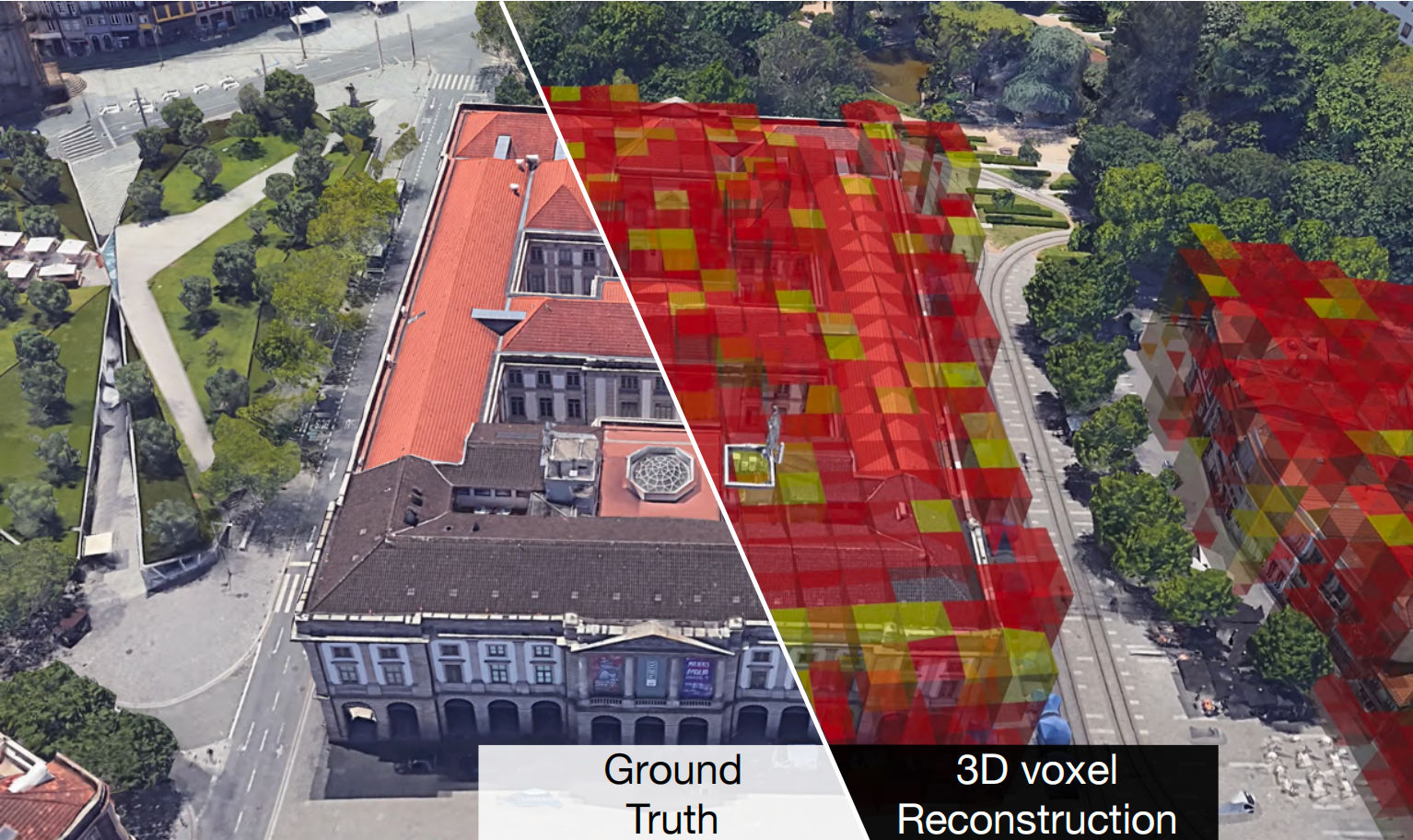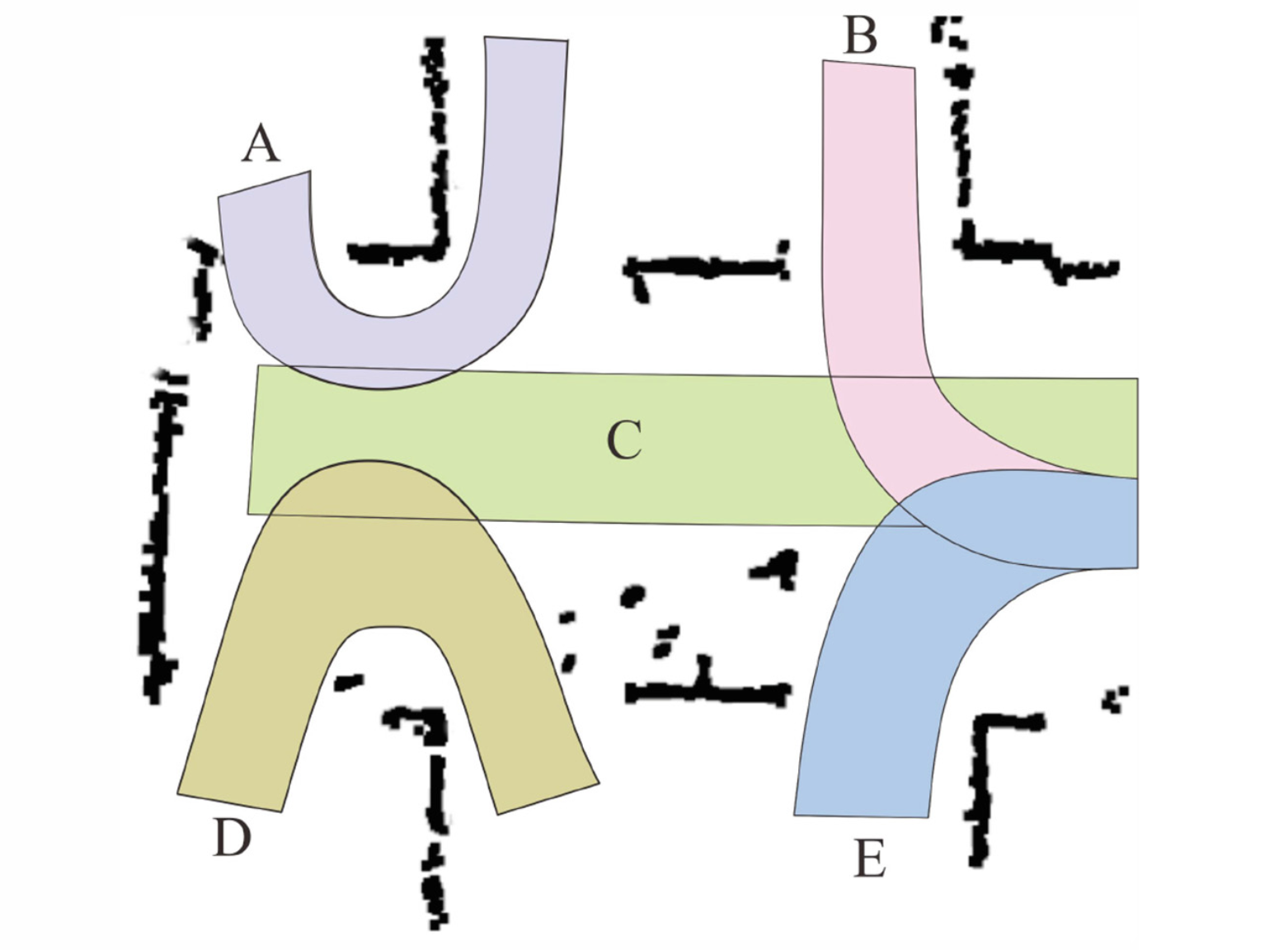2024

Mirror Never Lies: Unveiling Reflective Privacy Risks in Glass-laden Short Videos
Shen Wang*, Xiaopeng Zhao*, Donghui Dai, Lei Yang(* equal contribution)
ACM Mobicom (CCF-A) 2024
In the era of ubiquitous short-video sharing, an overlooked yet significant privacy risk has arisen, the accidental disclosure of confidential information through reflective surfaces, such as mirrors, glass, or even polished metal. Such reflections can inadvertently disclose sensitive personal details to a broad audience without the awareness of content creators. Our examination of 100 top-rated TikTok short videos reveals that, on average, 37.2% of frames in each video feature identifiable reflective surfaces, posing potential privacy risks. In this work, we introduce a framework designed to scrutinize reflective privacy risks in glass-laden short videos. At the heart of the framework is the development of a reflection-specific neural radiance field, termed RP-NeRF, which enables reflection-aware ray tracing for precise extraction and reconstruction of the reflective scenes from the surfaces they appear on.
Mirror Never Lies: Unveiling Reflective Privacy Risks in Glass-laden Short Videos
Shen Wang*, Xiaopeng Zhao*, Donghui Dai, Lei Yang(* equal contribution)
ACM Mobicom (CCF-A) 2024
In the era of ubiquitous short-video sharing, an overlooked yet significant privacy risk has arisen, the accidental disclosure of confidential information through reflective surfaces, such as mirrors, glass, or even polished metal. Such reflections can inadvertently disclose sensitive personal details to a broad audience without the awareness of content creators. Our examination of 100 top-rated TikTok short videos reveals that, on average, 37.2% of frames in each video feature identifiable reflective surfaces, posing potential privacy risks. In this work, we introduce a framework designed to scrutinize reflective privacy risks in glass-laden short videos. At the heart of the framework is the development of a reflection-specific neural radiance field, termed RP-NeRF, which enables reflection-aware ray tracing for precise extraction and reconstruction of the reflective scenes from the surfaces they appear on.

Crowdsourced Geospatial Intelligence: Constructing 3D Urban Maps with Satellitic Radiance Fields
Xiaopeng Zhao*, Shen Wang*, Zhenlin An, Lei Yang(* equal contribution)
ACM IMWUT/UbiComp (CCF-A) 2024
In urban planning and research, 3D city maps are crucial for activities such as cellular network design, urban development, and climate research. Traditionally, creating these models has involved costly techniques like manual 3D mapping, interpretation of satellite or aerial images, or the use of sophisticated depth-sensing equipment. In this work, we propose a novel approach to develop 3D urban maps by examining the influence of urban structures on satellite signals, using GPS records crowdsourced from hundreds of smartphones during everyday user movements. We introduce the concept of satellitic radiance fields (SaRF), a novel neural scene representation technique designed to capture the distribution of GPS signals in urban settings. SaRF employs a sparse voxel octree framework to depict voxel-centric implicit fields, capturing physical properties like the density of each voxel. This model is progressively refined using a differentiable ray-marching process, ultimately leading to the reconstruction of 3D urban maps.
Crowdsourced Geospatial Intelligence: Constructing 3D Urban Maps with Satellitic Radiance Fields
Xiaopeng Zhao*, Shen Wang*, Zhenlin An, Lei Yang(* equal contribution)
ACM IMWUT/UbiComp (CCF-A) 2024
In urban planning and research, 3D city maps are crucial for activities such as cellular network design, urban development, and climate research. Traditionally, creating these models has involved costly techniques like manual 3D mapping, interpretation of satellite or aerial images, or the use of sophisticated depth-sensing equipment. In this work, we propose a novel approach to develop 3D urban maps by examining the influence of urban structures on satellite signals, using GPS records crowdsourced from hundreds of smartphones during everyday user movements. We introduce the concept of satellitic radiance fields (SaRF), a novel neural scene representation technique designed to capture the distribution of GPS signals in urban settings. SaRF employs a sparse voxel octree framework to depict voxel-centric implicit fields, capturing physical properties like the density of each voxel. This model is progressively refined using a differentiable ray-marching process, ultimately leading to the reconstruction of 3D urban maps.
2023

Gait Impairment Assessment Service for Community-Dwelling Older Adults
Xin Hu, Ke Xue, Shen Wang, Deqiong Ding, Yongqing Han, Dianhui Chu et al.
ICSS 2023
Older adults want to remain independent with dignity for as long as possible. Gait assessment service plays an essential role in elderly care and rehabilitation by evaluating gait impairment, to provide suitable and continuous treatments. Despite over a decade of research and development in gait assessment, accurate and reliable gait assessment service for older adults in use are few. We propose an automatic gait impairment assessment service, for community-dwelling older adults, by combining multiple LiDAR (Light Detection and Ranging) sensing with 11-meter walking test. Multiple sensors fusion strategy is employed to sense and interpret gaits in a complementary way. Leveraging scan-matching technology and foot tracking method, the gait assessment service can achieve high accuracy with reasonable cost and no privacy issue. The experiment results show obvious differences of disease-specific motor symptoms in comparing groups. The potential merit of gait assessment service in daily use is also explored in this study.
Gait Impairment Assessment Service for Community-Dwelling Older Adults
Xin Hu, Ke Xue, Shen Wang, Deqiong Ding, Yongqing Han, Dianhui Chu et al.
ICSS 2023
Older adults want to remain independent with dignity for as long as possible. Gait assessment service plays an essential role in elderly care and rehabilitation by evaluating gait impairment, to provide suitable and continuous treatments. Despite over a decade of research and development in gait assessment, accurate and reliable gait assessment service for older adults in use are few. We propose an automatic gait impairment assessment service, for community-dwelling older adults, by combining multiple LiDAR (Light Detection and Ranging) sensing with 11-meter walking test. Multiple sensors fusion strategy is employed to sense and interpret gaits in a complementary way. Leveraging scan-matching technology and foot tracking method, the gait assessment service can achieve high accuracy with reasonable cost and no privacy issue. The experiment results show obvious differences of disease-specific motor symptoms in comparing groups. The potential merit of gait assessment service in daily use is also explored in this study.